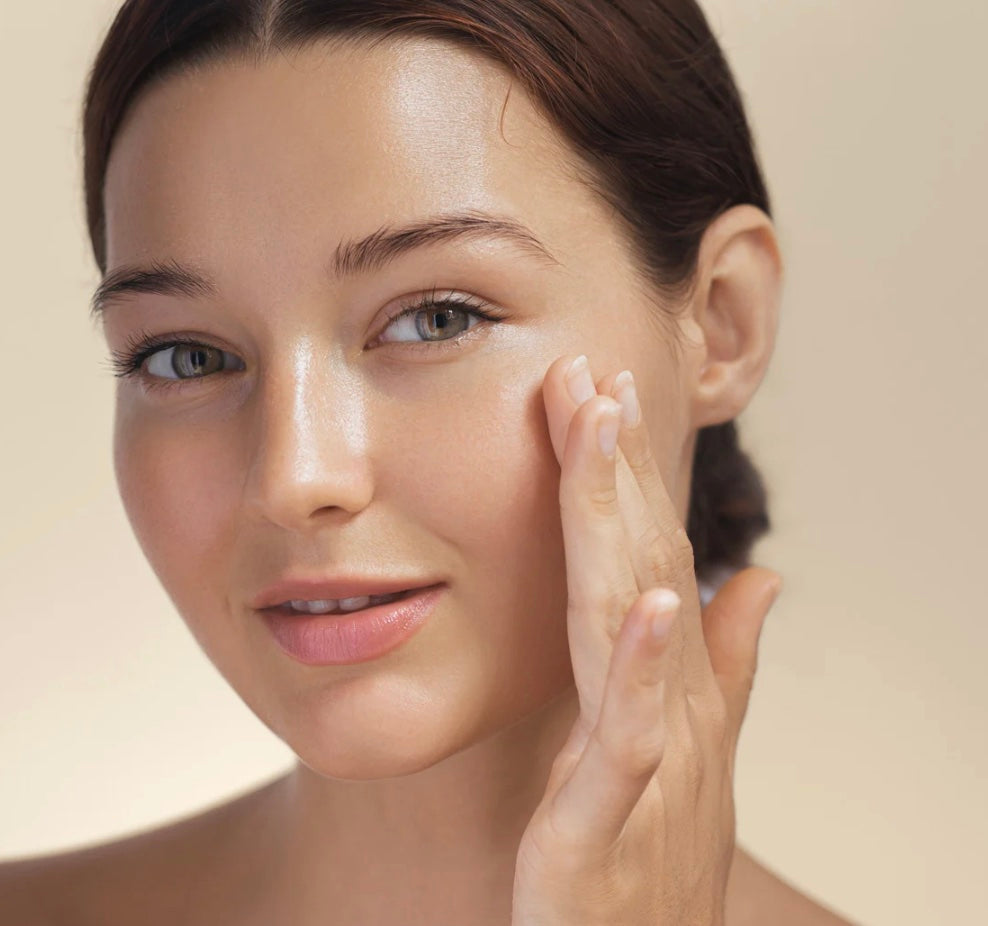
Is Tallow Cream Greasy or Heavy on the Skin? The Surprising Truth About This Moisturizer
Is Tallow Cream Greasy or Heavy on the Skin? The Surprising Truth About This Age-Old Moisturizer
In the ever-evolving world of skincare, new ingredients often take center stage, promising unparalleled hydration and a luminous complexion. Yet, one of the most effective moisturizers is not new at all—it's an ancient remedy making a powerful comeback: tallow cream.
But one question remains: Is tallow cream greasy or heavy on the skin? The answer might surprise you.
The Difference Between Absorption and Occlusion
Many conventional moisturizers, particularly those laden with synthetic emollients, create an illusion of hydration by forming a film on the skin's surface. Ingredients such as petroleum derivatives and silicones (think mineral oil and dimethicone) are designed to sit atop the skin rather than truly nourish it. While they can lock in moisture, they often leave behind a telltale slickness, contributing to a heavy, suffocating feel.
Tallow cream, on the other hand, operates differently. As a bioavailable ingredient—meaning it closely mirrors the composition of human skin lipids—it absorbs effortlessly. Instead of acting as a superficial barrier, tallow integrates seamlessly, delivering deeply penetrating moisture without clogging pores or leaving a greasy residue.
Tallow: The Ultimate Skin Compatibility
Unlike plant-based butters or synthetic lotions, tallow is rich in essential fatty acids like stearic and oleic acid, both of which are found naturally in healthy human skin. This molecular similarity is the key to its superior absorption. Once applied, tallow doesn’t simply coat the skin; it becomes part of it.
The result? A soft, hydrated complexion that feels nourished rather than weighed down.